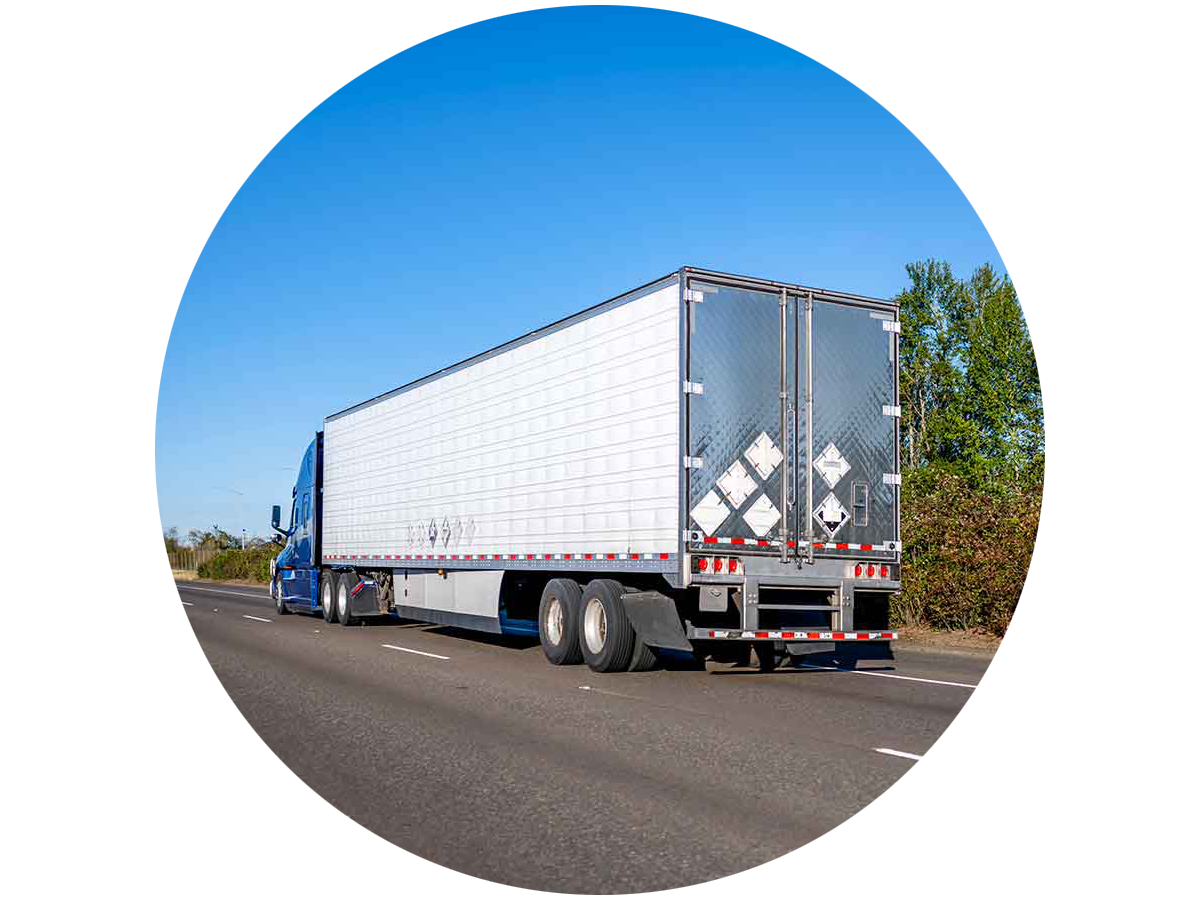In the dynamic retail environment, managing hazardous materials (hazmat) effectively is complicated and crucial for ensuring safety, regulatory compliance and cost efficiency. This white paper aims to provide a comprehensive overview of hazmat and how retailers can stay up-to-date or ahead of the constantly changing regulatory landscape by implementing a robust hazmat management program.
What is hazmat?
As defined by the U.S. Department of Transportation (DOT), hazardous material refers to a substance determined to be capable of posing an unreasonable risk to health, safety and property when transported in commerce. This definition may apply to various consumer products sold by retailers, including, but not limited to, aerosols, perfumes, batteries and cleaning products.
Depending on which step in hazmat management is referred to, different regulations, codes and/or standards will apply. For example:
Transportation
Storage

Disposal
What are some key drivers of the increased focus on hazmat?


Several external factors have raised retailers’ awareness of their hazmat-related obligations:
- An increasing number of consumer products include substances and ingredients associated with hazmat safety risks. For example, lithium-ion batteries.
- Regulators, including the U.S. DOT, have taken more interest in verifying retailers’ and other transporters’ compliance with hazmat requirements. Regulators’ more rigorous surveillance can raise the risk of violations and fines if a retailer lacks adequate hazmat-related processes and documentation.
- Many retailers have had to rely more frequently on third-party shipping and transportation providers instead of maintaining their own shipping fleets, resulting in more complicated logistics. Retailers must have a proper hazmat program to generate the information and paperwork that third-party providers need to safely and legally transport products.
What are some key benefits for retailers who successfully implement an effective hazmat management program?
Risk mitigation
Mitigation of environmental safety hazards
Regulatory compliance
Brand protection


Key Considerations for Retail HazMat Management Programs White Paper




